Rhinoceros horn, also known as rhino horn, is found in Asia and Africa, among which Asian rhino horn is more valuable. Rhino horn is scarce, it is not only a precious medicinal material, but also a psychic treasure and a rare high-quality carving material. It was especially cherished and loved by people in the Ming and Qing Dynasties.
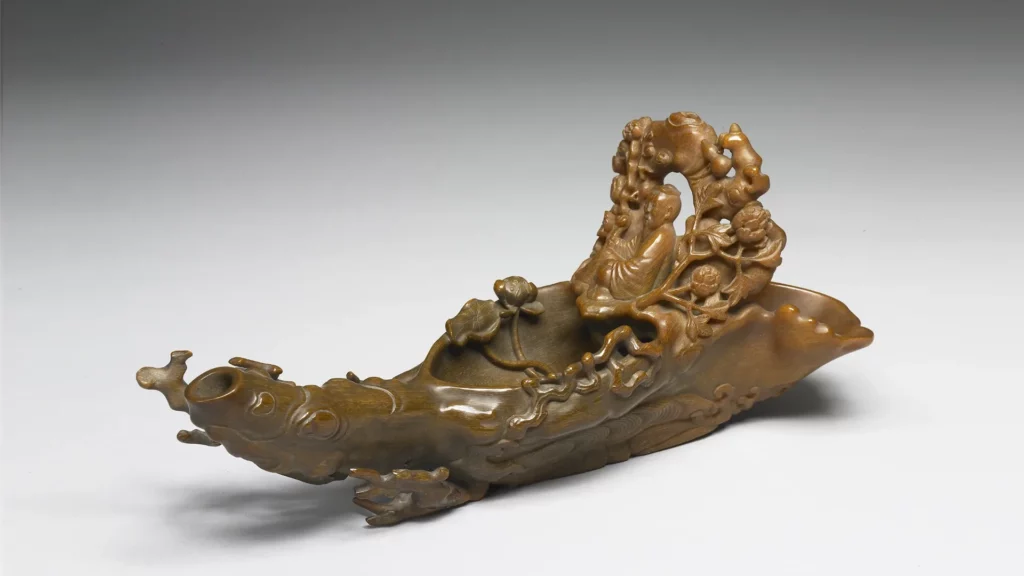
Photo source: Internet
Heat-clearing and Detoxifying
Rhino horn was a precious medicinal material, cold in nature, that cleared away heat and detoxified, calmed convulsions, cooled blood and stopped bleeding, and was used for fevers, rashes, comas, madness, etc. According to Shen Nong’s Materia Medica (the very first book of Chinese herbal medicine), rhino horns could detoxify hundreds of poisons.
According to a belief that persisted into the 18th and 19th centuries, vessels made with rhino horn could be used to detect poisoned liquids, causing bubbles in the presence of some poisons, so it was cherished by emperors and nobles, and was mostly made into vessels to test food. Rhino horn utensils were common at banquets in the Forbidden City.
Generally, the older the rhino horn, the higher the medicinal value. However, there were very few rhino horns handed down in ancient times, and today rhinos are on the verge of extinction. In order to protect rhinos, other medicinal materials have been used to replace rhino horns in medicine.
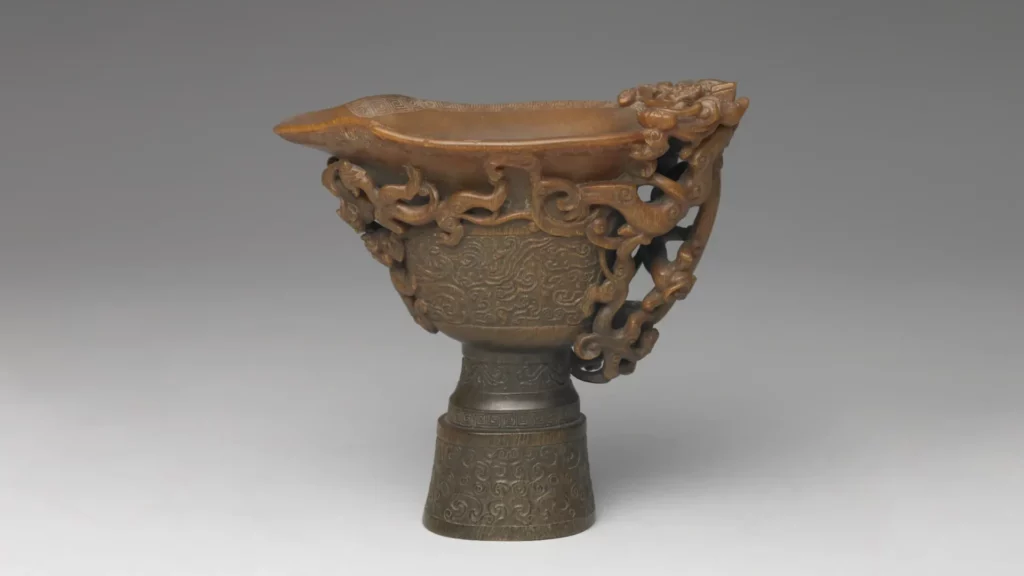
Photo source: Internet
Psychic Treasure
The ancients believed that rhinos were auspicious animals and could communicate with the positive energy of Heaven and Earth, and were able to ward off disasters and evil spirits, and protect the safety of the household. Rhino horns were very spiritual, and rhinos could predict dangers within a few kilometers with their horns. Li Shangyin, a poet in the Tang Dynasty, said that “The heart is like a rhinoceros able to detect and understand all.” It is a metaphor that uses this characteristic of rhino horns to describe two hearts closely linked with one another.
The rhino horn could be used to communicate with the gods, and also had the characteristics of fortune and wealth. People often wore rhino horns as jewelry or carved them into ornaments as auspicious objects for warding off evil spirits, gathering blessings and wealth, and obtaining peace and protection.
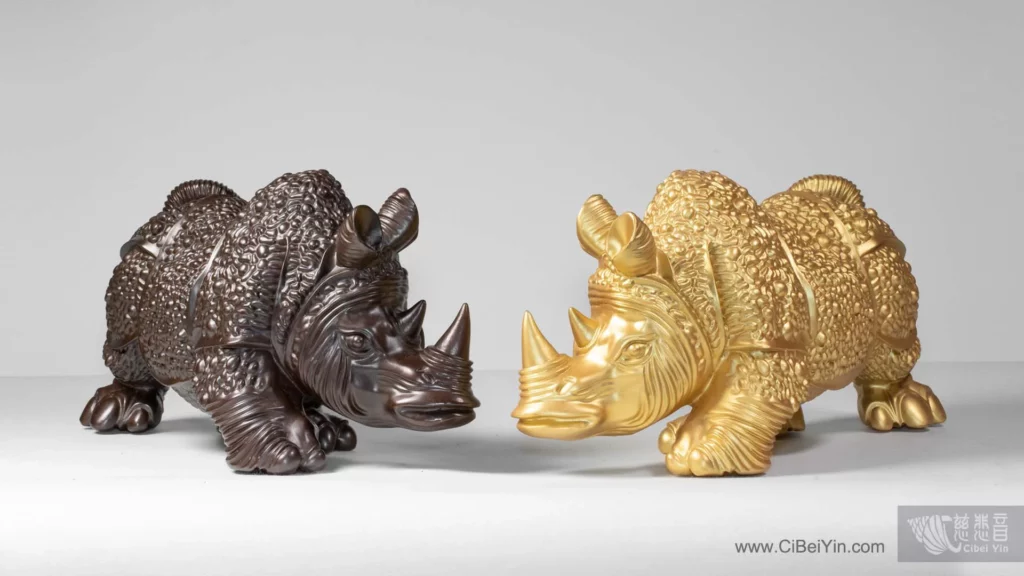
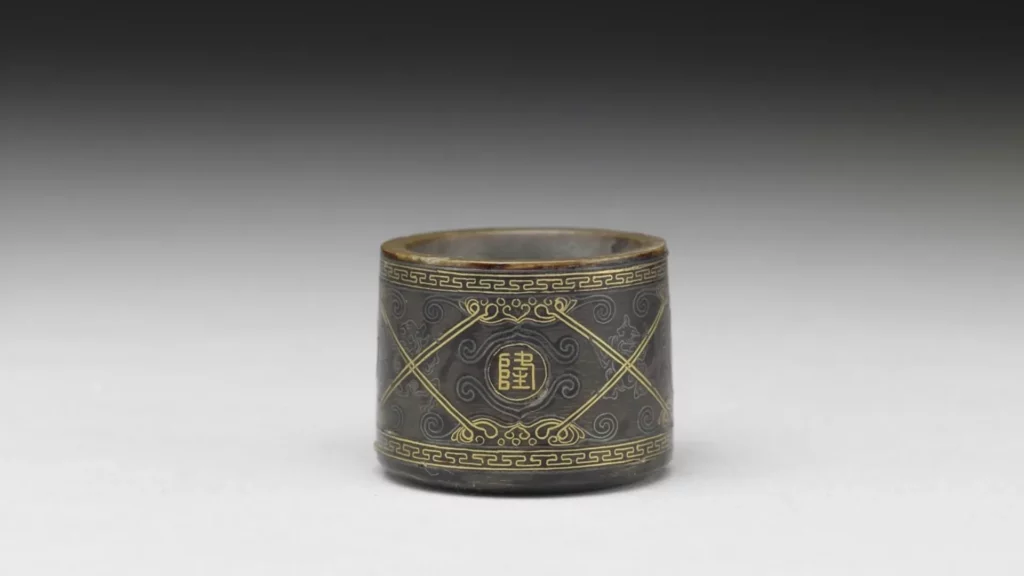
Image from the internet
Rhino Horn Sculptures
Rhino horn is hard, and its surface is mostly dark amber in color. After being carved and polished, it has a soft amber luster. Some rhino horns have textures like dragons, landscapes, sun, moon and stars, which are more natural and beautiful. The perfect combination of precious and rare materials and ingenious craftsmanship made rhino horn carvings a rare treasure among ancient utensils.
Today, rhinos are endangered and protected animals, and Asian rhinos are extinct. In order to avoid killing rhinos driven by profit, rhinos have been included in the “Convention on International Trade in Endangered Species of Wild Fauna and Flora” internationally, and rhino horn trade is prohibited. Compared with works of art made of rhino horn, rhinos, as the incarnation of auspiciousness and spirituality, should be loved and cherished.
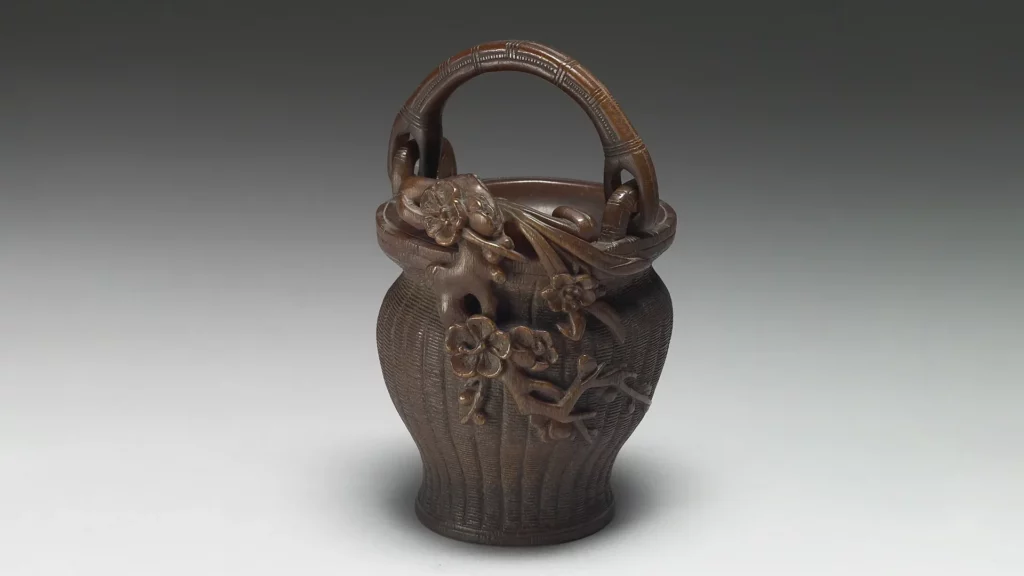
Image Source: Internet
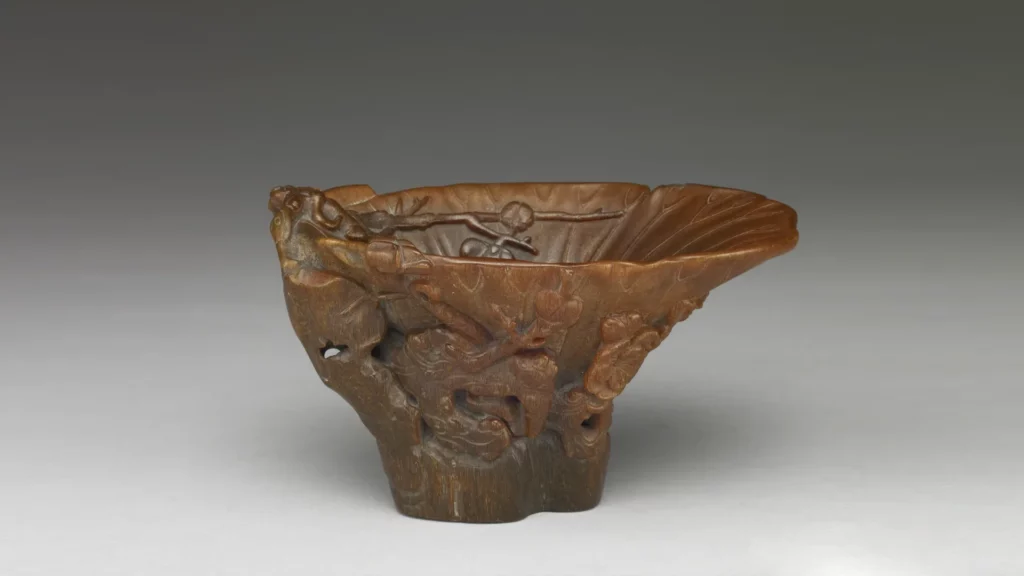
Image Source: Internet
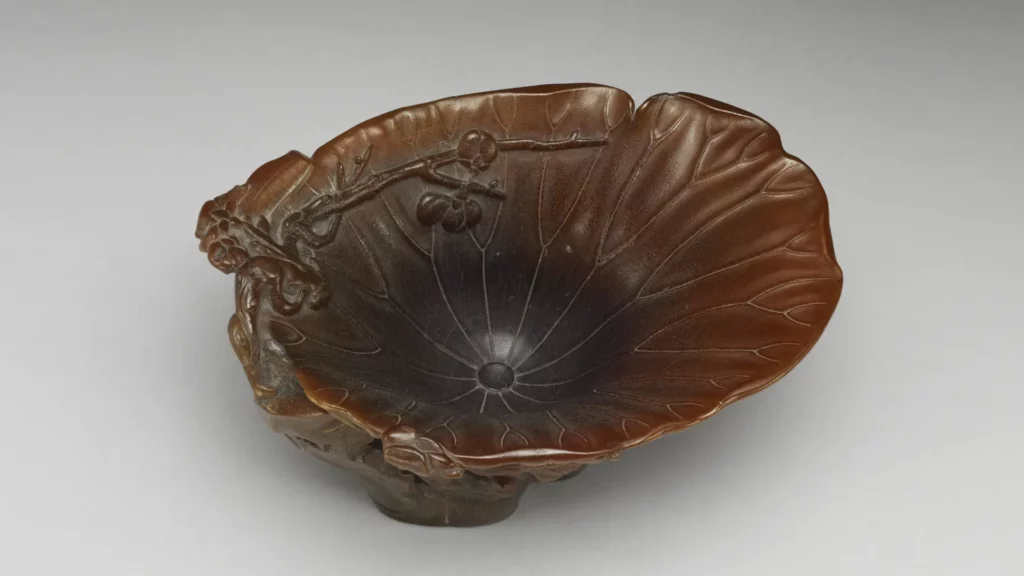
Image Source: Internet